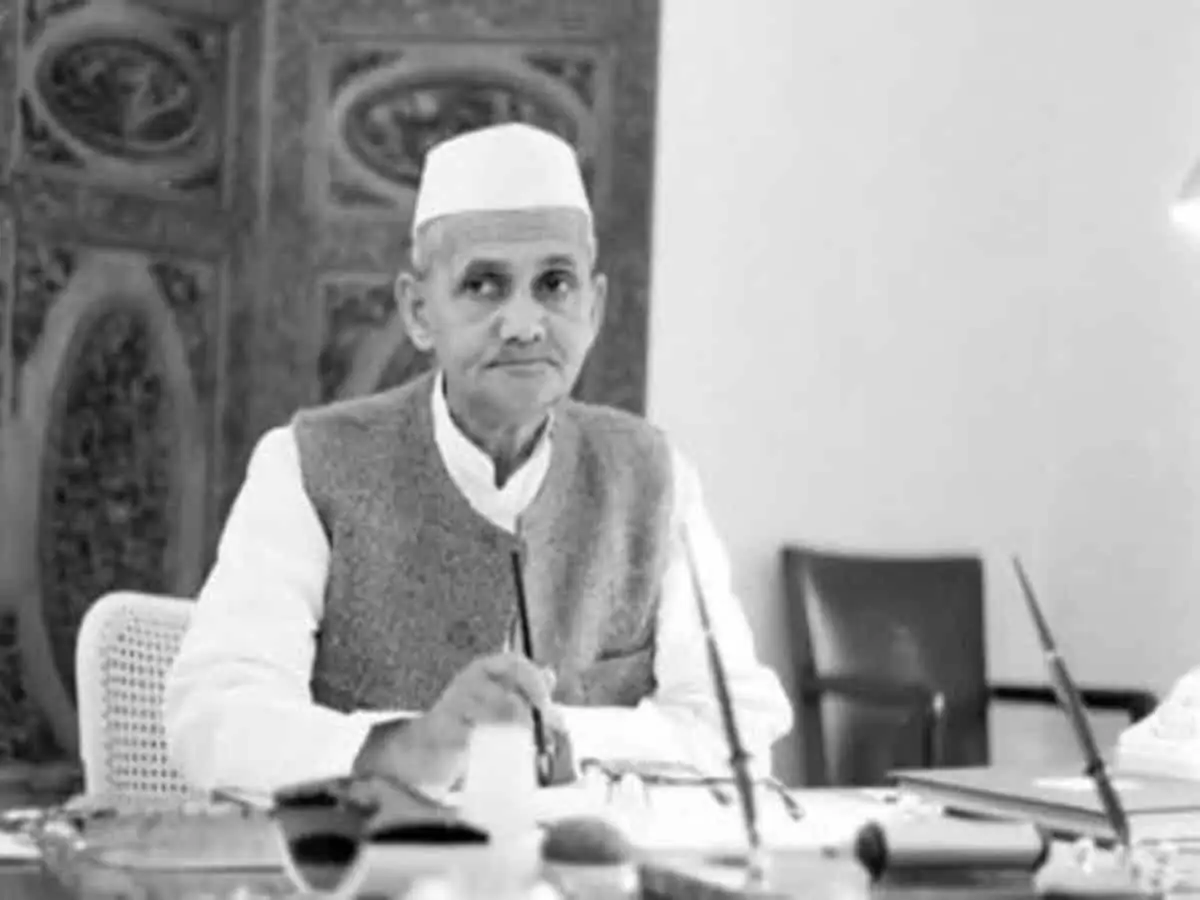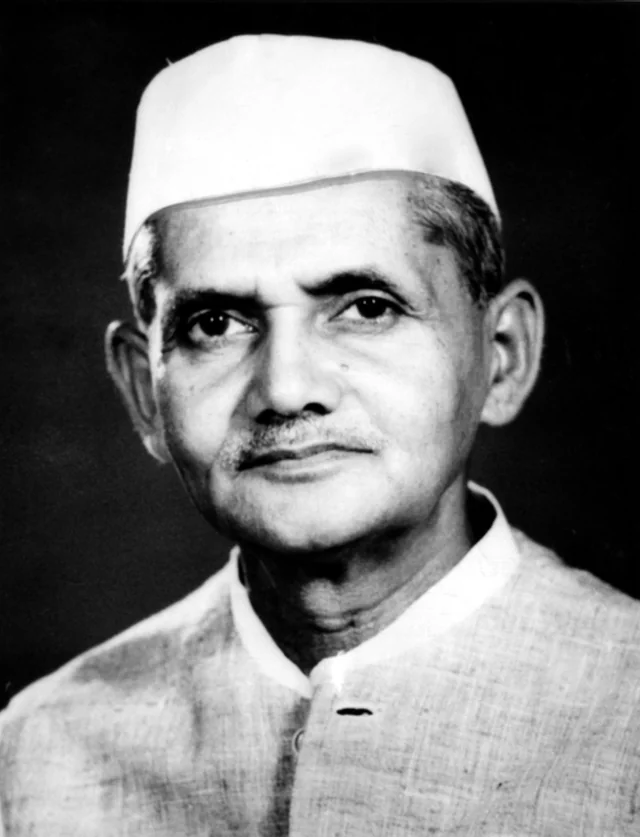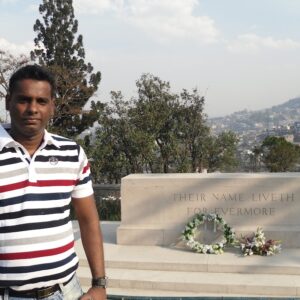Lal Bahadur Shastri (2 October 1904 – 11 January 1966) was an Indian politician and statesman who served as the second prime minister of India from 1964 to 1966. He previously served as the sixth home minister of India from 1961 to 1963.
Shastri was born to Sharada Prasad Srivastava and Ramdulari Devi in Mughalsarai on 2 October 1904. He studied in East Central Railway Inter college and Harish Chandra High School, which he left to join the non-cooperation movement. He worked for the betterment of the Harijans at Muzaffarpur and dropped his caste-derived surname of “Srivastava”. Shastri’s thoughts were influenced by reading about Swami Vivekananda, Mahatma Gandhi and Annie Besant. Deeply impressed and influenced by Gandhi, he joined the Indian Independence movement in the 1920s. He served as the president of Servants of the People Society (Lok Sevak Mandal), founded by Lala Lajpat Rai and held prominent positions in the Indian National Congress. Following independence in 1947, he joined the Indian government and became one of Prime Minister Nehru’s key cabinet colleagues, first as Railways Minister (1951–56), and then in numerous other prominent positions, including the Home Minister.
As prime minister, Shastri promoted the White Revolution – a national campaign to increase the production and supply of milk – by supporting the Amul milk co-operative of Anand, Gujarat and creating the National Dairy Development Board. Underlining the need to boost India’s food production, Shastri also promoted the Green Revolution in India in 1965. This led to an increase in food grain production, especially in the states of Punjab, Haryana and Uttar Pradesh. He led the country during the Second India–Pakistan War. His slogan “Jai Jawan, Jai Kisan” (“Hail to the soldier; Hail to the farmer”) became very popular during the war. The war formally ended with the Tashkent Declaration on 10 January 1966; Shastri died the next day.
Early years (1904–1920)
Shastri was born on 2 October 1904 at the home of his maternal grandparents in a Kayastha family. Shastri’s paternal ancestors were in the service of the zamindar of Ramnagar near Banaras, and Shastri lived there for the first year of his life. Shastri’s father, Sharada Prasad Verma, was a school teacher who later became a clerk in the revenue office at Prayagraj, while his mother, Ramdulari Devi, was the daughter of Munshi Hazari Lal, the headmaster and English teacher at a railway school in Mughalsarai. Shastri was the second child and eldest son of his parents; he had an elder sister, Kailashi Devi (b. 1900).
In April 1906, when Shastri was hardly 18 months old, his father, who had only recently been promoted to the post of deputy tahsildar, died in an epidemic of bubonic plague. Ramdulari Devi, then only 23 years old and pregnant with her third child, took her two children and moved from Ramnagar to her father’s house in Mughalsarai and settled there for good. She gave birth to a daughter, Sundari Devi, in July 1906. Thus, Shastri and his sisters grew up in the household of his maternal grandfather, Hazari Lalji. However, Hazari Lalji himself died from a stroke in mid-1908. Thereafter, the family was looked after by his brother (Shastri’s great-uncle) Darbari Lal, who was the head clerk in the opium regulation department at Ghazipur, and later by his son (Ramdulari Devi’s cousin) Bindeshwari Prasad, a school teacher in Mughalsarai.
This situation was perfectly in tune with the milieu of the times, where the Indian Joint family system was a thriving reality; the sense of family relationship and responsibility it fostered was the primary social security of the time. Nor should be surmised from these circumstances that Shastri grew up in an under-privileged manner, or that his education and comforts were compromised in any manner. On the contrary, since he was a rank student, he received a better education than some of his cousins. and Bindeshwari Prasad, on the limited salary of a school teacher, with many dependents, nevertheless managed to give a good education to all the children in his care.
In 1917, Bindeshwari Prasad was transferred to Varanasi, and the entire family moved there, including Ramdulari Devi and her three children. In Varanasi, Shastri joining the seventh standard at Harish Chandra High School.














Reviews
There are no reviews yet